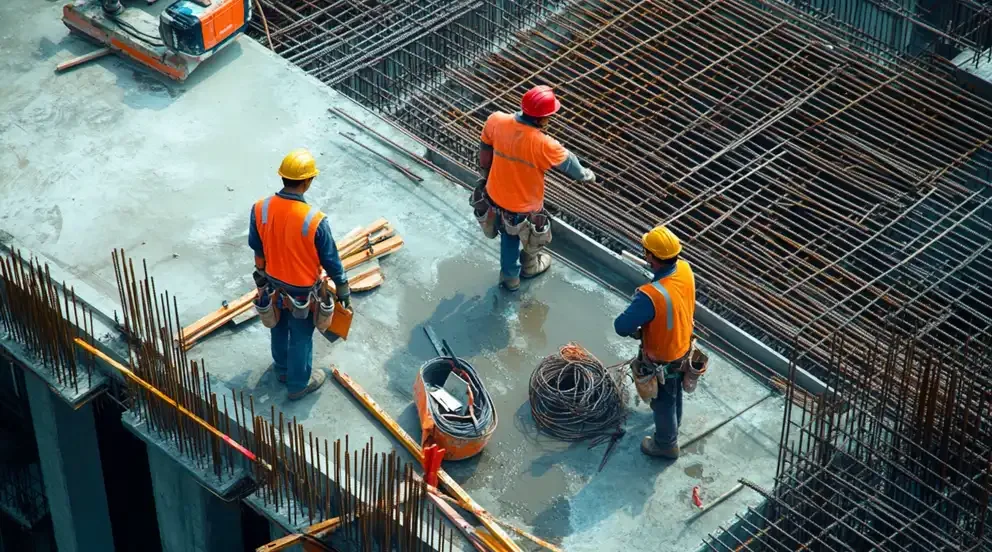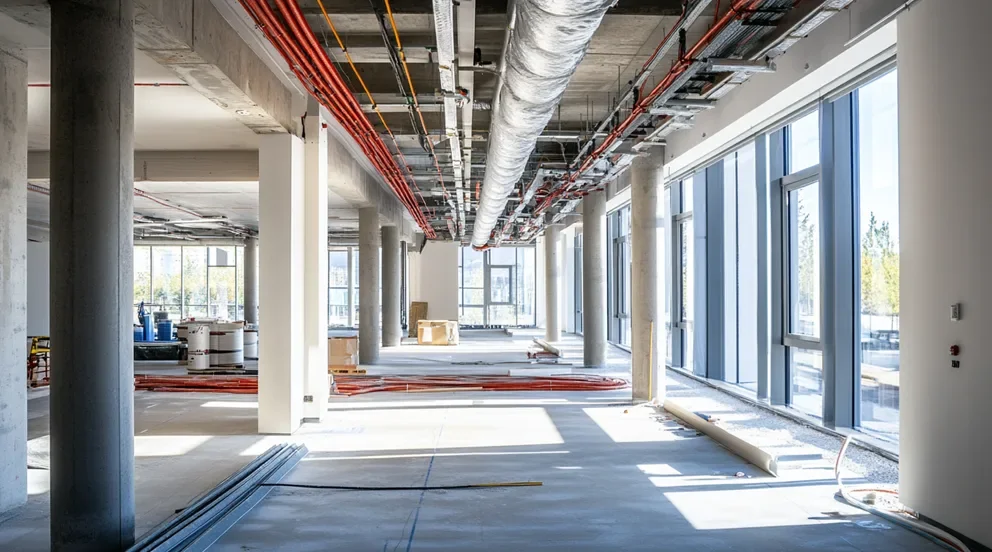It typically takes around 18 to 24 months to build a school, from planning and design to completion. The duration of construction depends mostly on the size and scope of the project, the geographic location, and the availability of materials and workforce.
The initial steps of the project, such as obtaining required permits and conducting surveys, can take a month or two. Design and preconstruction planning can take anywhere from six to eight months. Actual construction of the building, such as laying the foundation and constructing walls and roofing, can usually occur in eight to ten months. Finally, the last few months are dedicated to landscaping, additional interior improvements, and contractor and building inspections.
The construction process for a school usually involves multiple subcontractors doing different aspects of the job. It is important to ensure that all time frames for each contractor are kept on track in order to keep the project from becoming delayed.
In conclusion, the construction of a school typically takes anywhere from 18 to 24 months, depending on the size and scope of the project, location, and availability of materials and workforce. With careful planning, it is possible to complete the project within the allotted time frame.
How the Size, Scope, and Geographic Location of a Project Affect Construction Time
The size and scope of a construction project as well as the geographic location can significantly affect the duration of construction. A larger project requires more labor, materials, and subcontractors, whereas a smaller project requires less. Additionally, projects in difficult-to-access areas, such as remote locations and areas affected by severe weather, will take longer due to delayed materials and workforce transportation. Depending on the complexity and location of the project, construction times range from 18 to 24 months from start to finish.
Breakdown of the Steps in the Building Process
Building a school typically involves an initial phase of permits, surveys, and other preparatory steps, which can take from one to two months to complete. Design and preconstruction planning can take from six to eight months, followed by eight to ten months of actual construction such as the laying of the foundation and the building of walls and roofing. Finally, the last few months are dedicated to the completion of interior improvements and landscaping, as well as contractor and building inspections.
Factors That Contribute to Project Delays
Several factors can contribute to delays in construction projects, such as the size and scope of the project, geographic location, workforce availability, and materials shortages. A larger project requires more labor and materials than a smaller one, and projects in difficult-to-access areas take longer due to transportation delays. Additionally, the availability of qualified contractors and temporary labor shortages can cause delays in finishing the project. Finally, weather conditions or a shortage of materials such as building supplies and equipment can also cause project completion delays.
Different Roles of Subcontractors in the Process
Subcontractors play an important role in the construction process of a school. Each subcontractor is responsible for a specific aspect of the project, such as the installation of utilities, plumbing, or electrical work. Other subcontractors are responsible for the installation of windows and doors, masonry and carpentry work, and roofing. They also help with interior improvements, landscaping, and inspections. All subcontractors must coordinate with each other throughout the process to ensure that the project is completed on time and within budget.
Preconstruction Planning
Preconstruction planning is an essential part of any construction project and is key to a successful build. It involves creating a detailed plan of the project and allocating necessary resources. The project scope, budget, timeline, and other important considerations are selected during this time. Preconstruction planning can also include obtaining necessary permits and arranging for material and workers. It is important to plan ahead in order to avoid delays during actual construction and to stay within budget.
Construction Steps
Building a school typically takes 18-24 months from planning and design to completion. The duration of work depends upon the size and scope of the project, its geographic location, and the availability of materials and workforce. It begins with the initial steps of obtaining permits and making surveys, and is followed by design and preconstruction planning, which can take 6-8 months. Actual construction of the building, including laying the foundation and constructing walls and roofing, usually occurs in 8-10 months. Finally, the last few months are dedicated to additional interior improvements, landscaping, and contractor and building inspections. All these components must be coordinated to ensure the project stays on schedule and on budget.
Post-Construction Steps
After the construction of a school is completed, there are several post-construction steps that need to be taken in order to ensure the building is ready for use. These include contractor and building inspections to make sure all standards of workmanship have been met. Additionally, final landscaping and the completion of interior improvements such as painting and fixing any electrical or plumbing issues needs to be completed. Finally, the procuring of any necessary supplies, furniture, and equipment to ensure the students are equipped with everything they need to succeed should also take place. All of these steps need to be taken in order to ensure the school is ready for the academic year.
Benefits of Staying on Time with the Project
Staying on time with a construction project is highly beneficial for a number of reasons. It ensures that the project is completed within the estimated timeline, and that costs remain within budget. It also minimizes disruption to the location and the community, as well as improves worker productivity. Additionally, staying on schedule can help prevent costly mistakes from being made, as well as help to ensure quality of the finished product. Finally, staying on time ensures that the final product is delivered on time with minimal delays, ensuring the project is completed as soon as possible.
Key Takeaways
Building a school typically takes 18 to 24 months, depending on the size and scope of the project, geographical location, and availability of materials and workforce. Factors such as procuring permits, preconstruction planning, different subcontractor roles, and post-construction steps affect construction time. Staying on time is highly beneficial, as it ensures the project is completed within the estimated timeline and budget, minimizes disruption to the location and community, and helps ensure that the final product is delivered on time with minimal delays.



